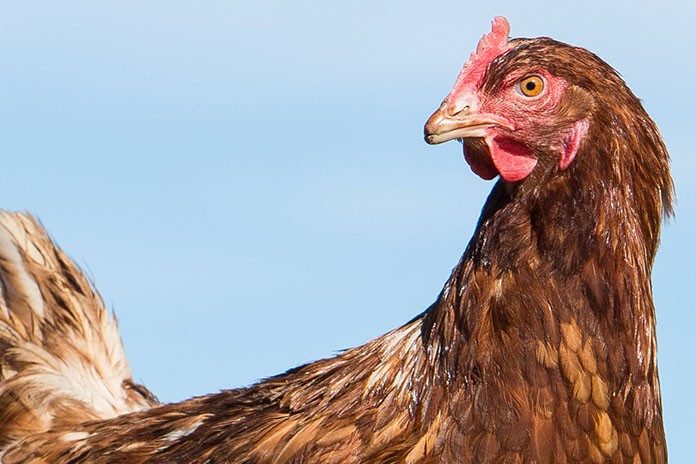
Nutritional balance is one of the major considerations to prevent severe feather pecking in layer hens. Individual variation in digestive and metabolic efficiencies and nutrient requirements may explain differences in specific appetitive behaviours. For example, dietary nutrient deficiencies or imbalances, particularly in amino acids, may increase the risk of severe feather pecking.
Taste plays a crucial role in identifying the nutritional content of foods by detecting dietary nutrients (what has been referred to as nutritional chemosensing). We hypothesise that severe feather pecking may be partially explained as a specific nutrient-driven appetitive behaviour. Therefore, this study aimed to elucidate whether there are differences in the specific amino acid appetite between feather eating and non-feather eating laying hens.
A total of 12 amino acids (lysine, methionine, cysteine, tryptophan, glutamine, arginine, histidine, glycine, proline, serine, tyrosine, and alanine) were selected based on potential involvement in severe feather pecking from existing literature. Each amino acid was tested at three concentrations (0.2, 1 and 5%) using double –choice tests (offering a carrier alone –ground wheat- or mixed with the amino acid/level under study) in 96 mature laying hens (ISA Brown). At the end of the trial the hens were euthanised and feather consumption assessed.
The consumption of the two feeds in each test (control vs treatment) was analysed as a subtract (consumption of treatment – consumption of control feed) and as a standard preference index (% of treatment consumption over total consumption). Preference value were compared to the random choice value of 50%, while the subtraction was contrasted to 0g. The two groups of birds (feather eaters versus feather non-eaters), were compared using the GLM procedure of SAS.
Feather eating and non-feather eating birds showed significant (P < 0.05) differences in amino acid preferences. Feather eating birds showed a higher preference for methionine and lysine than non-feather eating birds (P < 0.05). These two are the most limiting amino acids in laying hens. These finding is consistent with previous findings that a dietary deficiency of lysine and methionine + cysteine increased severe feather pecking.
We speculate that the specific methionine appetite may be related to our previous finding which showed that feather eating birds had shorter beaks. Keratin, is the main protein in the beak, and is very rich in sulphur amino acids (i.e. methionine and cysteine). Thus, there may be a relationship between slow beak development, feather eating and methionine/lysine specific appetites.
Acknowledgements: The study was supported by funding from Australian Egg Corporation Limited.

















